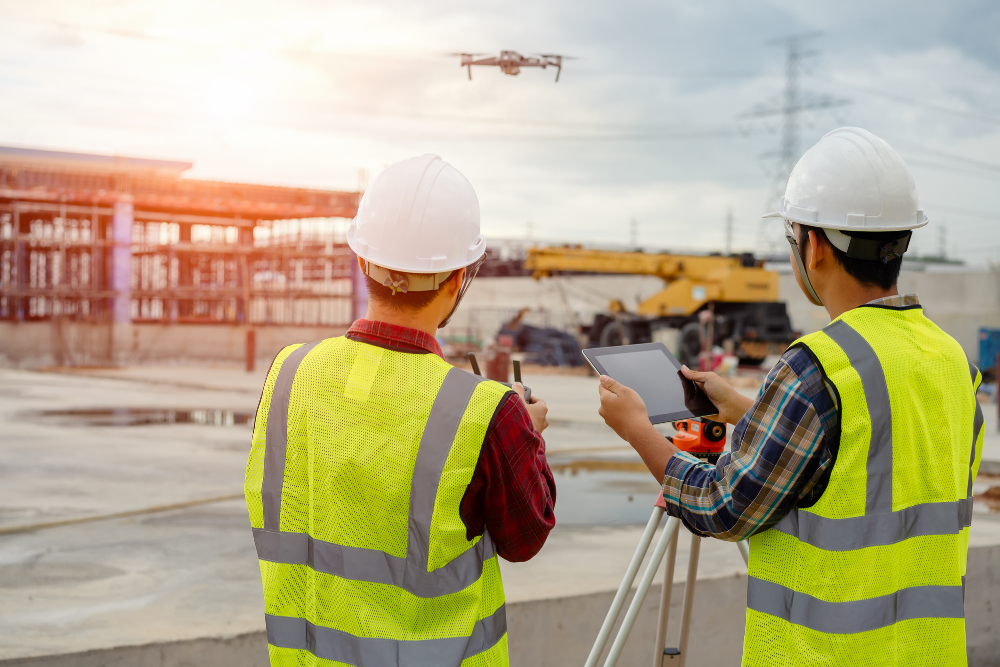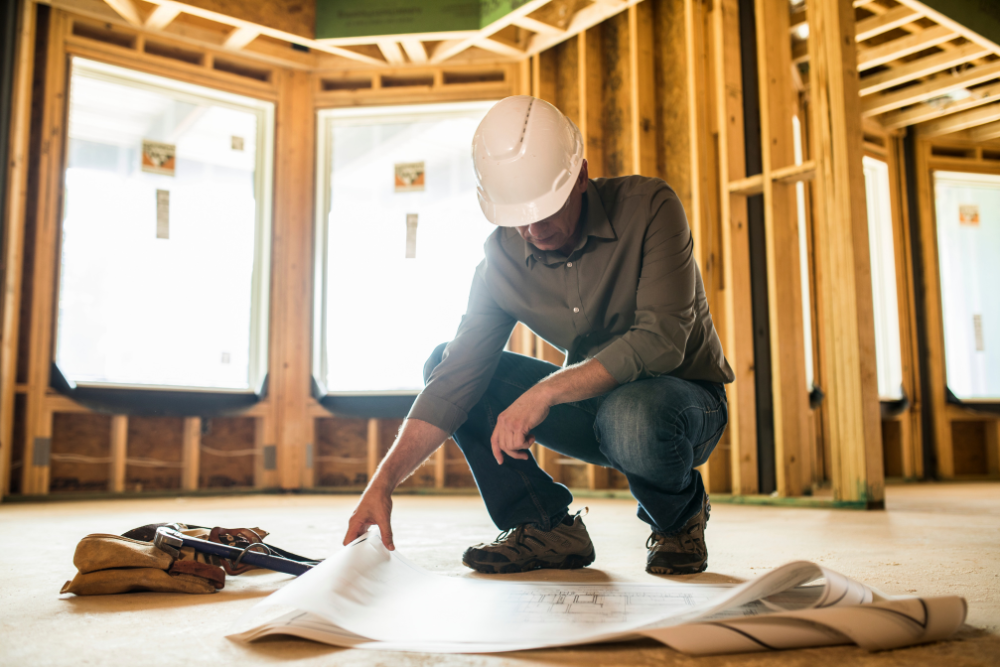
In the past, commercial construction mainly relied on old-fashioned methods and physical labour. But now, technology has become a critical factor in shaping how construction work happens. Innovative companies are using advanced technology to change how we think about, plan, and carry out general contracting services for commercial, institutional, government and retail projects.
Technology Adoption & Benefits for Commercial Construction
As the need for faster, efficient, and sustainable contracting and construction rises, advanced technology adoption increases. Recognizing the main benefits and reasons for integrating technology in the process showcases its impact on project outcomes, including:
Enhanced Productivity and Efficiency
Sophisticated tools like advanced machinery and project management software make construction smoother by improving communication and coordination among teams. For example, using Building Information Modeling (BIM) helps visualize and plan projects better, leading to more efficient workflows.
Decreased Labour Costs
Using robots, automation, and advanced machinery cuts down on manual labour for basic tasks and reduces the need for physical labour by handling heavy lifting and material transportation. Drones are also adopted for surveys, photography, and inspections, decreasing the need for personnel in hazardous or hard-to-reach areas.
Meeting the Demand for Sustainable Construction
Using green building materials and technologies lowers environmental impact and boosts energy efficiency, while renewable energy systems like solar panels and geothermal heating decrease reliance on fossil fuels. Additionally, IoT sensors monitor resource usage and environmental conditions, allowing for proactive sustainability efforts.
Simplifying Complex Construction Projects
Advanced project management software helps with planning, scheduling, and resource allocation, while virtual reality (VR) and augmented reality (AR) tools visualize designs and spot potential issues early. Cloud-based collaboration platforms improve communication and coordination among project stakeholders, even in distant or multiple locations.
Eliminate Uncertainties and Discrepancies
Using digital documentation and real-time monitoring ensures accurate project data, minimizes errors, and facilitates prompt decision-making. This technology enhances trust and accountability by providing project participants with transparent and tamper-proof transaction records.
Improved Data Security and Organization
Secure data storage and encryption protocols protect project information from unauthorized access, while centralized data management systems organize and improve data accessibility. Access controls and permissions ensure that only authorized personnel can access and modify project data, maintaining its integrity and confidentiality.
Examples of Technological Progress in Construction
Drone Technology
Drones with high-resolution cameras and advanced sensors have many benefits. They accurately gather data on terrain, buildings, and obstacles, saving time. Drones also improve safety by doing inspections in dangerous areas without risking human lives. They’re used in construction to monitor progress, helping track developments in real-time and make better decisions.
3D Printing
The use of 3D printing in construction has changed how architectural elements are designed and made. It allows for the creation of complex shapes and structures with great detail during the process of design to construction. This technology saves money by cutting down on wasted materials and labour expenses. Projects also get done faster because of quick prototyping and building.
Robotics
Robotic systems, like those used for laying bricks and pouring concrete, are improvements that offer essential benefits. They’re consistent in doing repetitive tasks accurately, which helps speed up projects. These robots also help workers do more, making construction more efficient overall.
Green Sustainability
As people become more aware of environmental issues, sustainability and green construction are becoming very important in the building industry. Using eco-friendly materials and methods helps construction projects fit better with ecological goals. This includes using sustainable materials, designing buildings to save energy, using renewable energy sources, and conserving water.
Overall, digitalization empowers commercial general contracting and construction firms to explore new ways of improving business growth and refining operational frameworks. The shift to implement technology comes from the increased accessibility to computing technologies, specialized software tailored for construction, and a growing recognition of technology’s benefits, such as enhanced efficiency and sustainability. Integrating technology in commercial general construction projects provides multiple benefits, from improved productivity to reduced labour costs and streamlined processes.
Need commercial general contracting services for an upcoming project in Ottawa?
Our team at Brawn Construction can help. We’ve worked on countless projects with successful results and happy clients to follow. To learn more about us or to get started, reach out to us today!






